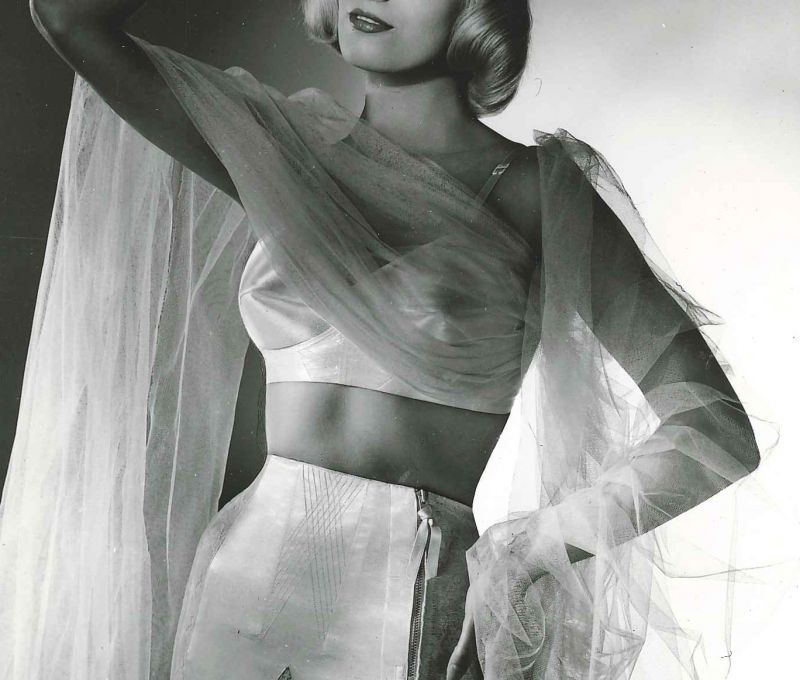History and Evolution of Intimate Clothing.
The history of intimate clothing has origins almost as old as the human being himself. It is believed that linen shirts already existed in 1360 BC. These types of garments began to be used simply for reasons of warmth and hygiene, until reaching the present day, when, although they are still used for hygienic reasons, they have become fully aesthetic garments around which a true fashion industry has arisen.
The evolution of underwear:
Without a doubt, underwear has served, especially for women, to shape an aesthetic around beauty that has changed with each era. The first intimate clothing that was designed was made with leather, and little by little it evolved until reaching the present day, where, for example, the most modern briefs are made with an interesting combination of elastane and cotton.
Evolution of Intimate Clothing.
In Egyptian times, a type of underwear was already used, reserved exclusively for men, while women did not wear any clothing, with the exception of favorite concubines who wore truly primitive clothing.
It is impossible to know exactly when men and women began to wear underwear or panties. But the first conclusive evidence about the use of underwear itself is found in Ancient Egypt.
In the Roman Empire:
the use of underwear became widespread, especially because personal hygiene became much more important. The clothes between men and women were different and also between people from different spheres of society. Already at this time, women’s clothing began to be conceived as special fetishes for sex, although later, in the Middle Ages, they ceased to be such for a long time. At this time, underwear became much heavier, longer and more discreet, especially designed to cover the body, until the arrival of the French Revolution.
From here on, women become the main protagonist of the change that underwear began to register, and it began to evolve more and more, becoming without a doubt a type of especially sensual garment. Women’s lingerie began to be conceived at the end of the 19th century as a fetish or a really sexy type of clothing, and it has not stopped evolving until now, from the corsets of the time to the most daring models of today .

Without a Doubt:
garter belts and silk stockings also played a really important role in developing the sensual point that is currently attributed to undergarments, especially women’s ones. Silk became the main material for women’s designs while wool did so for men. And already in the 20th century is when underwear began to become much more comfortable. Modern bras appear, most popularized by actress Jane Russell, and panties are becoming shorter and shorter, although girdles are returning to show off fitted skirts.
Later, bras specially prepared to enhance the breasts began to be designed and sizes were introduced in intimate garments. During the Second World War, synthetic materials began to be used and Latex or Lycra, among other materials, appeared. In the 1950s the film industry influenced underwear, making them increasingly attractive and the hourglass shape became really popular as a way to define the female body. Satin and transparencies began to succeed thanks to actresses like Marilyn Monroe.
In the seventies, the neckline returned and taboos began to be broken and new styles of lingerie were developed, with the arrival of women’s liberation. Bustiers, underwire bras and a large number of different garments appeared that continue to evolve to the present day, when women’s underwear has become a staple in any woman’s wardrobe, with the wonderbra and other incredible designs at the forefront. in avant-garde and fashion (source: Yorokobu ).
Today’s lingerie seeks comfort without giving up style, femininity, daring or sophistication. There really are so many styles, not only as women, but as moods, moments in life, situations, or events that each woman has, from the most informal to the formal, so nowadays it is enough to simply look for the type of perfect garment for every occasion or moment in life.
